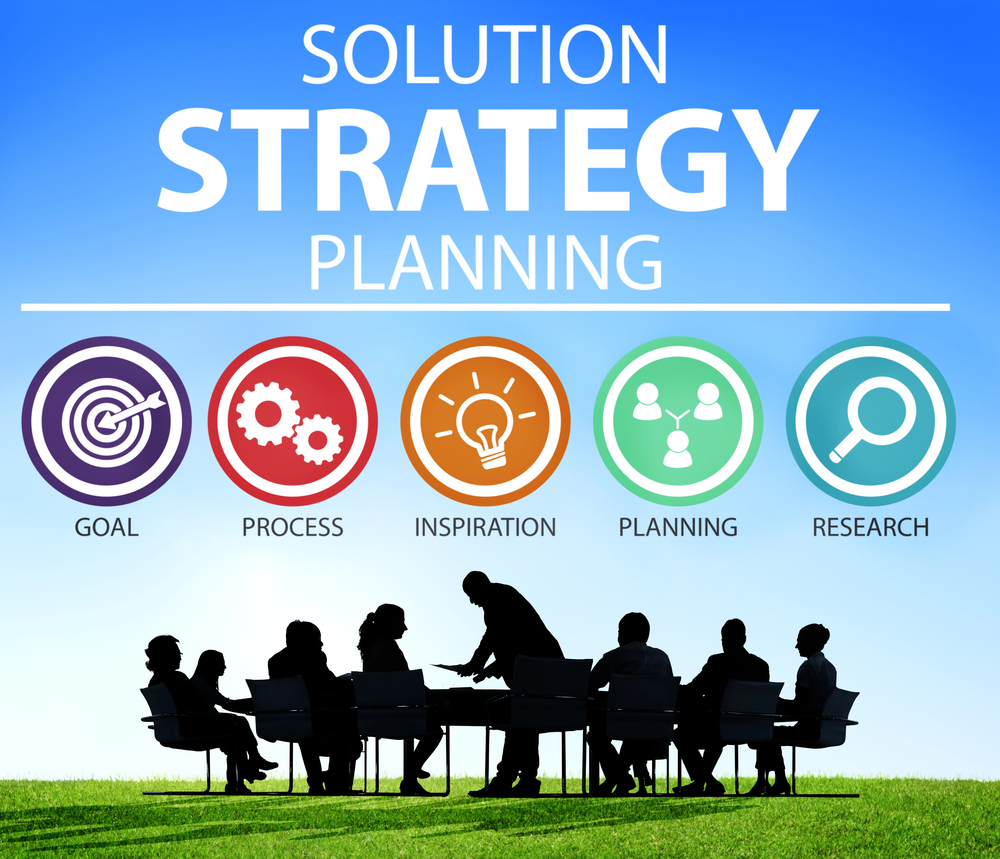
Strategic Planning for Sustainable Growth: Tailored Solutions for Diverse Industries
At Stratabrantics, we specialize in crafting strategic plans that drive success and growth across various industries. From arts and entertainment to medical facilities and law firms, our comprehensive approach integrates strategy, branding, and analytics to ensure your business not only meets its goals but thrives in a competitive landscape. Our expertise lies in creating customized, actionable strategies that align with your unique vision, setting the stage for sustainable success in an ever-changing market.
Strategic Planning At Stratabrantics
Strategic planning is essential for businesses seeking long-term success. At Stratabrantics, we focus on integrating strategy, branding, and analytics to create robust plans that help our clients, including artists and entertainers, small businesses, and medical facilities, navigate their competitive landscapes. This guide covers the key components of strategic planning, ensuring your business is equipped to achieve its goals efficiently and effectively.
What is strategic planning?
Strategic planning is a systematic process that helps organizations define their direction and allocate resources to pursue it. It involves setting long-term goals, analyzing internal and external environments, and devising actionable plans to achieve these objectives. For businesses in diverse sectors, from law firms to real estate brokers, strategic planning provides a roadmap to future growth.
Components of a Strategic Plan
Mission Statement: Defines the purpose and primary objectives of your business.
Vision Statement: Describes the desired future position of the company.
Goals and Objectives: Specific outcomes your business aims to achieve in the short and long term.
Action Plans: Detailed steps on how the company will achieve its goals.
SWOT Analysis: A critical assessment of Strengths, Weaknesses, Opportunities, and Threats to understand the current situation.
Benefits of Strategic Planning
A well-crafted strategic plan offers numerous benefits, including:
Clear Direction: Aligns the entire organization towards common goals.
Informed Decision-Making: Provides a framework for making business decisions.
Resource Allocation: Ensures that resources are used efficiently to achieve the greatest impact.
Risk Management: Identifies potential risks and prepares strategies to mitigate them.
The Strategic Planning Process
The strategic planning process typically involves five key steps:
1. Assessing the Current Business Environment
Begin by evaluating your current business strategy and market conditions. This includes gathering data on industry trends, competitor actions, and internal performance metrics. Tools such as SWOT analysis and balanced scorecards are essential for this stage.
2. Defining Company Goals and Objectives
Based on your assessment, set clear, measurable goals. These should be aligned with your mission and vision and reflect the long-term aspirations of your business.
3. Developing the Strategic Plan
With goals in place, develop your strategic plan. This involves outlining specific actions, setting timelines, and defining key performance indicators (KPIs) to measure progress.
4. Implementing the Plan
Successful implementation requires clear communication across all levels of the organization. Use work management platforms to align daily tasks with strategic objectives, ensuring that every team member understands their role in achieving the plan.
5. Monitoring and Revising the Plan
Regularly review and adjust your plan to reflect changes in the market or within your organization. This ensures that your strategy remains relevant and effective over time.
Strategic Planning in Practice: Case Studies
Here’s how strategic planning has driven success across various industries:
Arts and Entertainment
For arts organizations, strategic planning helps align artistic vision with financial sustainability. By focusing on audience engagement and resource management, these organizations can achieve both creative and commercial success.
Small Businesses
In small businesses, strategic planning is crucial for growth and scalability. It helps owners identify market opportunities, optimize operations, and plan for expansion.
Medical Facilities
Medical facilities use strategic planning to improve patient care while maintaining profitability. By aligning healthcare delivery with operational efficiency, these institutions can meet regulatory requirements and patient expectations.
Strategic Tools and Techniques
Various tools can enhance the strategic planning process, including:
1. SWOT Analysis
SWOT analysis helps identify internal strengths and weaknesses, as well as external opportunities and threats. This analysis is foundational in understanding your business’s current position.
2. Balanced Scorecard
This tool allows businesses to evaluate performance from multiple perspectives, including financial, customer, internal processes, and learning and growth.
3. PEST Analysis
PEST analysis focuses on Political, Economic, Social, and Technological factors affecting your business, helping you understand the broader environment.
Common Challenges in Strategic Planning
Strategic planning is not without challenges. Common issues include:
Resistance to Change: Employees may resist new strategies, especially if they disrupt established routines.
Resource Constraints: Limited resources can make it difficult to implement ambitious plans.
Lack of Alignment: Without clear communication, different departments may not align with the overall strategy.
Building a Strategic Culture
For businesses to thrive, strategic planning should be an ongoing, iterative process. By fostering a culture that values strategic thinking and continuous improvement, organizations can remain agile and responsive in a constantly changing market.
At Stratabrantics, we specialize in crafting strategic plans that are not only visionary but also actionable. Whether you're in the arts, healthcare, or legal industry, our tailored strategies will help you navigate your market and achieve sustainable growth.
Strategy




